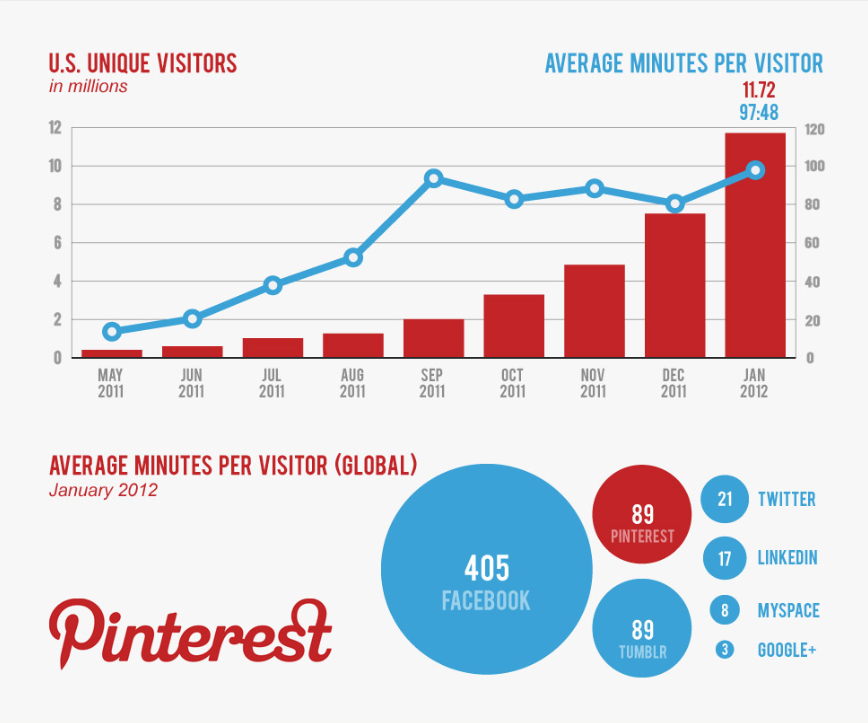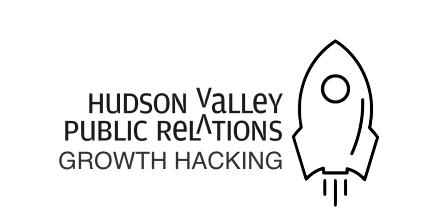Introduction
In today’s fast-paced digital world, email marketing remains one of the most powerful ways to reach your target audience. Among the various forms of email marketing, newsletters stand out as an essential tool for staying in touch with your audience, building trust, and nurturing relationships. However, creating an effective marketing content writing newsletter requires more than just sharing information; it involves delivering the right content at the right time, in a way that resonates with your readers.
The art of crafting engaging, personalized content for newsletters can help businesses not only retain existing customers but also attract new ones. Whether you’re trying to boost sales, increase brand awareness, or simply inform your audience, writing impactful newsletter content is a skill that every marketer needs to master. This article will provide you with actionable strategies and best practices for creating newsletters that capture attention, drive engagement, and deliver measurable results.
Understanding the Power of Email Marketing Newsletters
What Is Email Marketing and Why Is It Important?
Email marketing refers to using email to send advertisements, request business, or solicit sales or donations. Unlike other forms of marketing, email allows brands to communicate directly with their audience on a personal level, fostering stronger relationships. A well-executed email marketing campaign can lead to high return on investment (ROI), particularly when it comes to newsletters that offer valuable content consistently.
According to statistics, email marketing yields an average ROI of 4200%, with the potential to bring in $42 for every dollar spent. One of the reasons email marketing is so effective is because it allows businesses to target specific audience segments, send personalized messages, and track performance in real-time. Newsletters are especially powerful because they allow businesses to communicate with their audience on a regular basis, keeping their brand top of mind.
The Role of Newsletters in Content Marketing
In a content marketing strategy, newsletters serve as a vital channel for disseminating information, nurturing leads, and engaging customers. Unlike one-time email blasts, newsletters are typically sent out on a regular basis, whether weekly, bi-weekly, or monthly. They are an opportunity to build a lasting relationship with your audience by providing value-driven content that educates, informs, or entertains.
By incorporating a mix of promotional content, educational material, and industry news, newsletters help brands stay relevant in their readers’ inboxes. As part of a larger content marketing plan, newsletters can help businesses drive traffic to their websites, encourage product purchases, and even enhance customer loyalty by keeping the audience updated on new products, services, or offerings.
Key Elements of Effective Newsletter Content Writing
Writing Engaging Newsletter Content
Creating engaging content for your newsletter is key to ensuring high open rates and increased engagement. The first step is writing attention-grabbing subject lines. The subject line is the first thing readers see, and it determines whether they’ll open your email. A great subject line should be intriguing, relevant, and convey the value of opening the email.
In the body of the newsletter, your content should be concise and to the point. Use clear, easy-to-read language that gets your message across quickly. Effective newsletter content should highlight key points using bullet points, subheadings, and visuals. Break up long paragraphs to ensure that the content is scannable, allowing readers to quickly digest the information.
Content Personalization for Better Engagement
By offering personalized recommendations, targeted promotions, or region-specific content, you can increase the relevance of your newsletter and, as a result, drive higher open rates and engagement. Personalization shows your subscribers that you understand their needs and care about delivering content that matters to them.
Crafting Compelling Copy That Drives Action
When writing content for newsletters, always keep the end goal in mind: driving action. Whether you want readers to click a link, make a purchase, or download a resource, your copy needs to compel readers to take that next step. This is where a strong call-to-action (CTA) comes into play.
A CTA should be clear, concise, and action-oriented. Instead of simply saying “Click here,” try more specific commands like “Get your 20% off now” or “Download our free guide.” The CTA should stand out in the newsletter, ideally placed at the end of the content, but also repeated in strategic locations throughout the email.
Tips and Best Practices for Crafting High-Converting Newsletters
Best Practices for Content Strategy in Email Marketing
To ensure the success of your newsletter, a solid content strategy is essential. Start by creating a content calendar to help plan and organize your newsletters. A content calendar enables you to stay consistent with your email campaigns, plan seasonal promotions, and ensure that your content remains relevant and aligned with your business goals.
Another key practice is to maintain a healthy balance between promotional and value-driven content. If every newsletter is purely sales-focused, your subscribers may begin to unsubscribe. Instead, aim to offer educational or informative content alongside your promotional messages. This might include industry news, how-to articles, case studies, or customer testimonials.
Optimizing Newsletter Content for SEO
While SEO is commonly associated with website content, it can also be applied to email marketing. Optimizing your newsletter content for SEO can improve its visibility and drive more traffic to your website. Start by using relevant keywords naturally within your email copy, especially in your subject lines and CTAs.
Incorporating internal and external links in your newsletters is another way to boost SEO. Including links to your blog posts or landing pages can drive traffic to your website, while external links to reputable sources can improve the credibility of your content. Additionally, ensure that your newsletters are mobile-friendly and optimized for both desktop and mobile devices, as search engines like Google prioritize mobile-responsive websites and emails.
A/B Testing for Newsletters
A/B testing (or split testing) is an effective way to improve your newsletter’s performance. By testing different versions of your emails—whether it’s the subject line, copy, or layout—you can identify what resonates best with your audience. For example, you might test two different subject lines to see which one generates higher open rates.
When conducting A/B tests, it’s important to only test one variable at a time to isolate the effect of each change. Over time, these small adjustments can significantly improve the performance of your email marketing campaigns and lead to higher engagement and conversions.
Building and Growing Your Email List for Maximum Reach
Lead Generation via Newsletters
A crucial part of email marketing success is continuously growing your email list. An engaged email list is the backbone of a successful newsletter campaign, and there are several ways to generate leads. One of the most effective methods is through lead magnets—free resources such as eBooks, whitepapers, or exclusive webinars in exchange for an email address.
Another strategy is using pop-up forms on your website that encourage visitors to subscribe to your newsletter. These pop-ups should be strategically timed to appear after a visitor has been on your site for a certain amount of time or when they show intent to leave. Offering discounts, exclusive content, or access to special offers can incentivize website visitors to join your email list.
Optimizing Subscriber Engagement
Once you’ve grown your email list, the next challenge is maintaining and increasing subscriber engagement. Sending valuable content is key, but you also need to make sure that your emails are being opened. The timing and frequency of your emails play a significant role in engagement.
Test different sending times to identify when your audience is most likely to open their emails. Likewise, avoid overloading your subscribers with too many emails. A well-thought-out email cadence—whether it’s weekly, bi-weekly, or monthly—will help maintain subscriber interest and avoid unsubscribes.
Measuring Success and Improving Email Campaigns
Analyzing Key Metrics
To gauge the success of your email marketing campaigns, you need to track key performance metrics. The primary metrics to monitor are open rates, click-through rates (CTR), and conversion rates. Open rates measure how many people are opening your emails, while CTR indicates how many people are clicking on links within your emails. Conversion rates track how many of those clicks result in the desired action, whether it’s a sale or a download.
Continuous Improvement for Better Results
Improving the effectiveness of your newsletters is an ongoing process. As you analyze the results of your email campaigns, use those insights to refine your content strategy. This could mean adjusting your email frequency, testing new subject lines, or revisiting your content to ensure it remains relevant to your audience.
Over time, small tweaks and optimizations based on real data will result in newsletters that drive better engagement, increase conversion rates, and help you achieve your marketing goals.
Conclusion
In conclusion, marketing content writing for newsletters is an essential component of any successful digital marketing strategy. By focusing on writing engaging, personalized content, optimizing for SEO, testing different strategies, and growing your email list, you can create newsletters that not only capture attention but also drive results.
By consistently delivering value to your subscribers and measuring the success of your efforts, you can continually improve your email marketing campaigns and build stronger relationships with your audience









